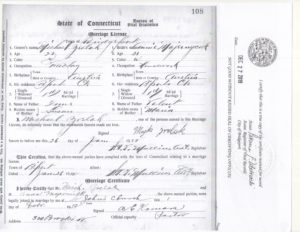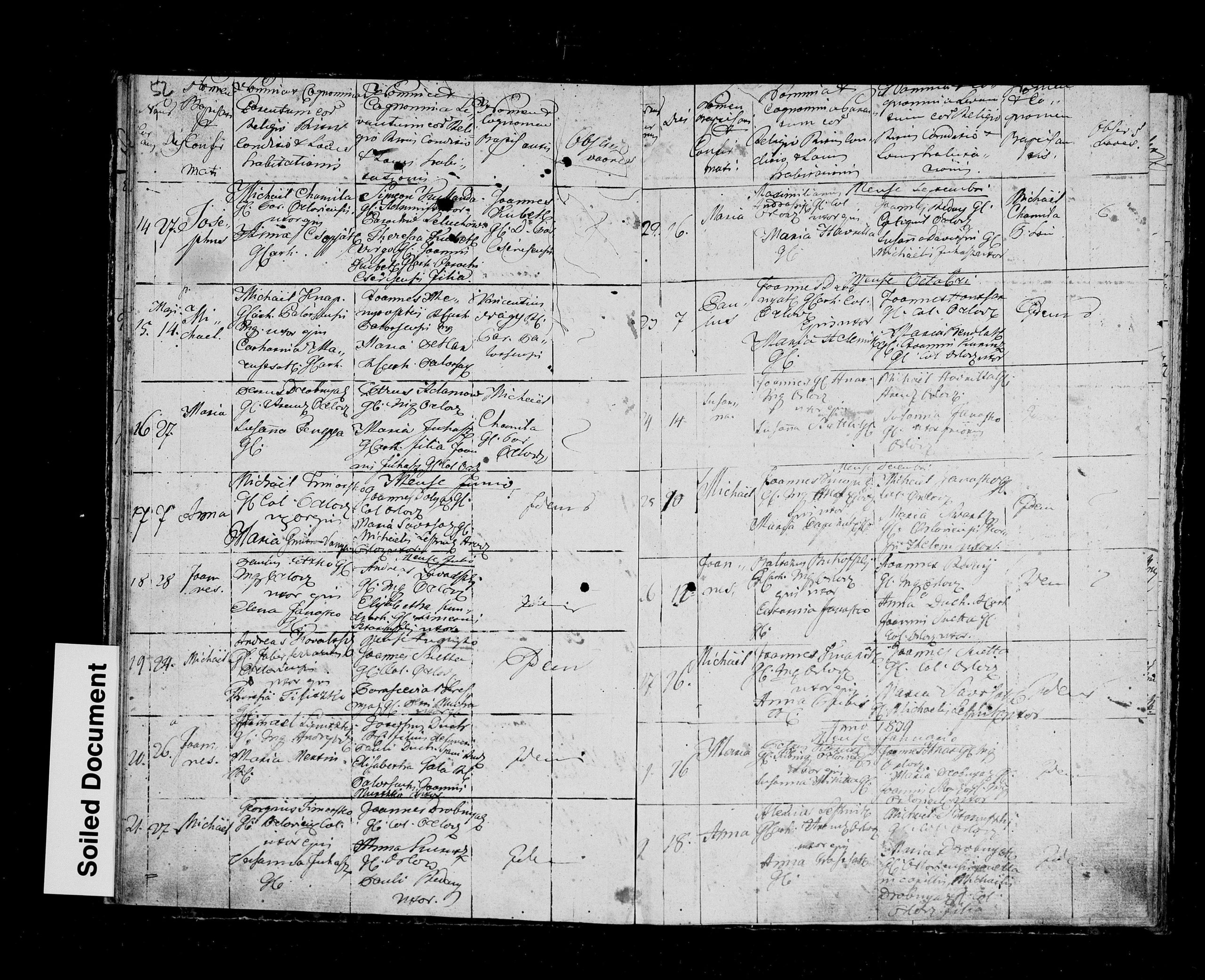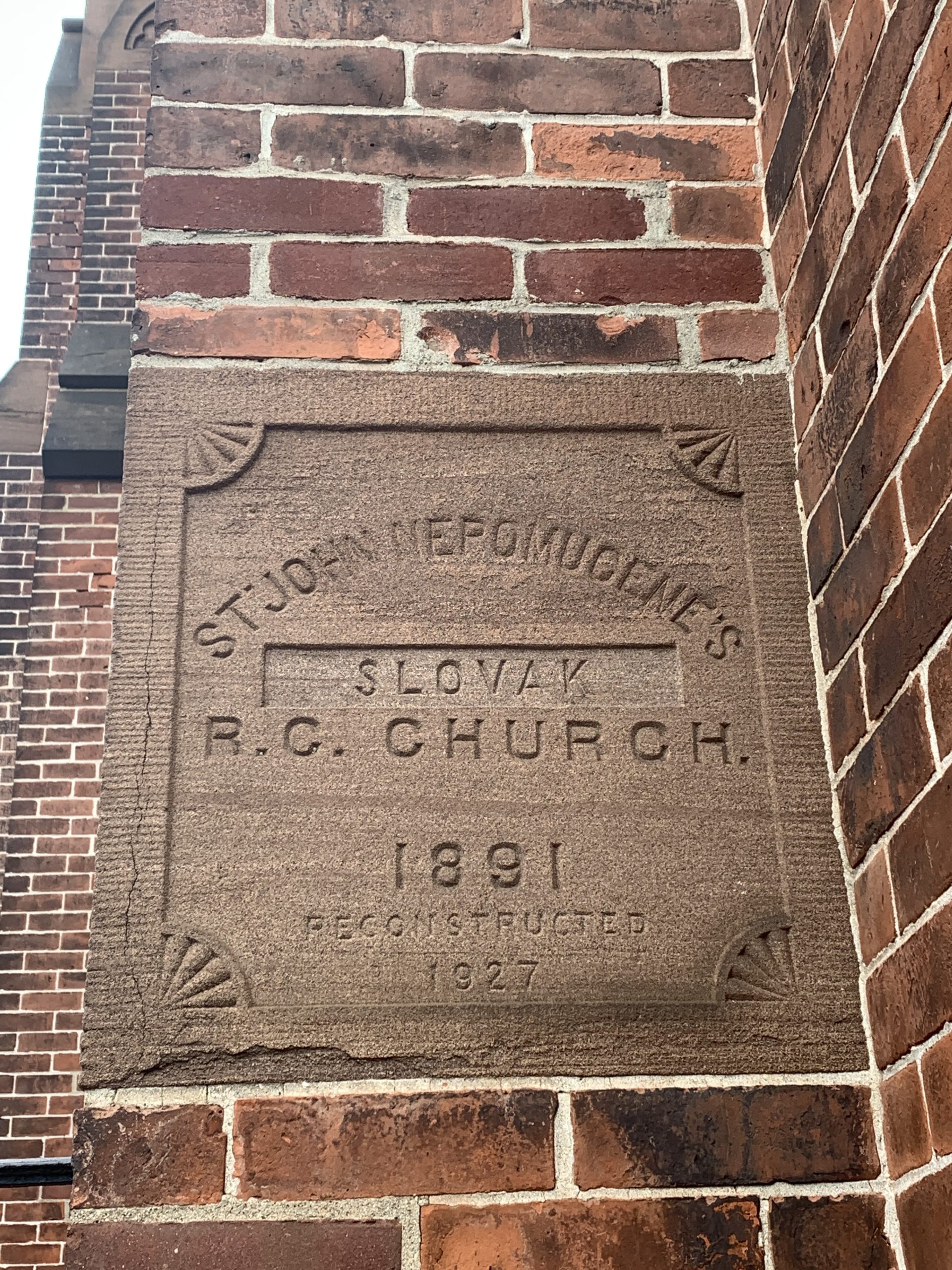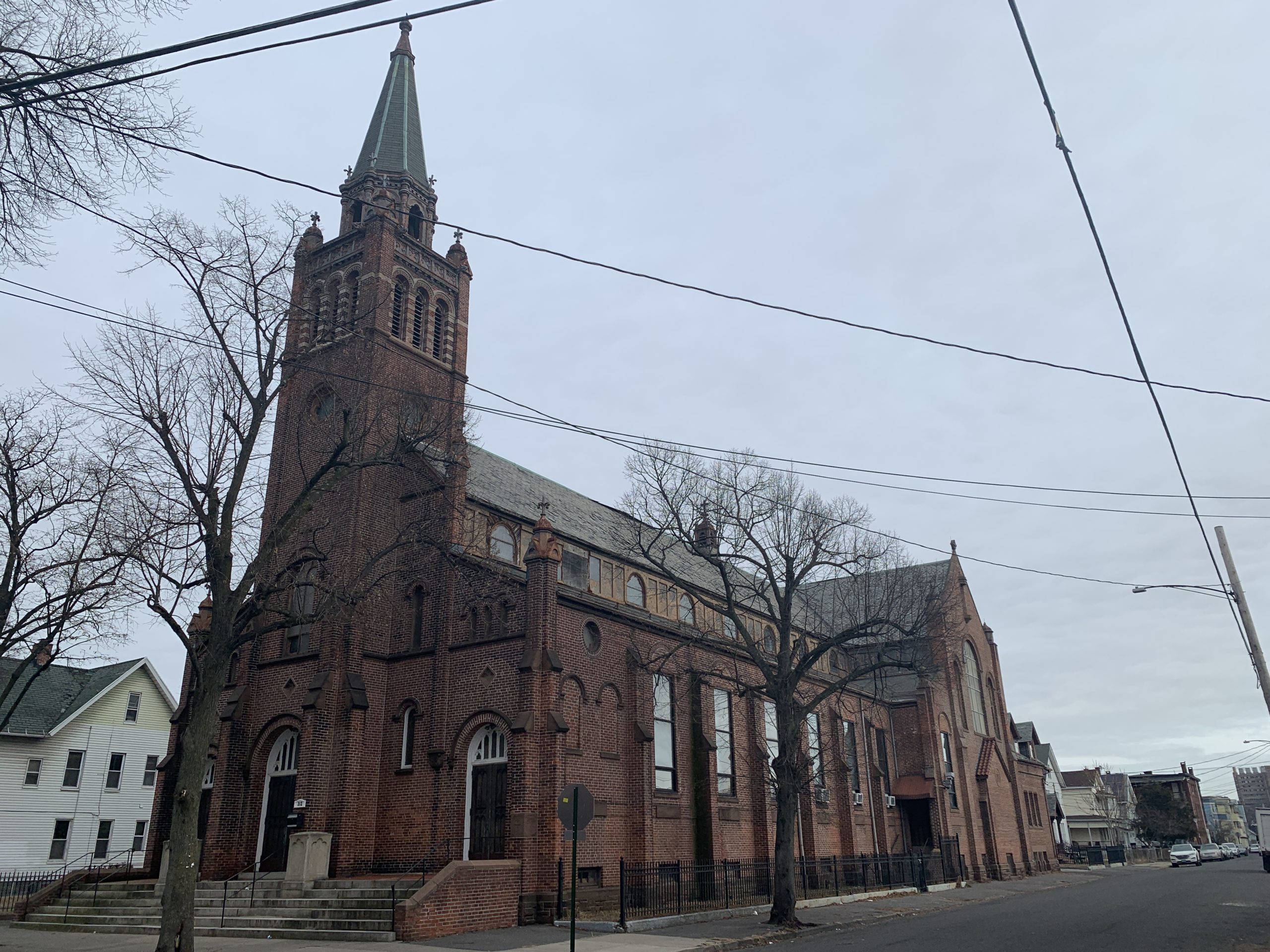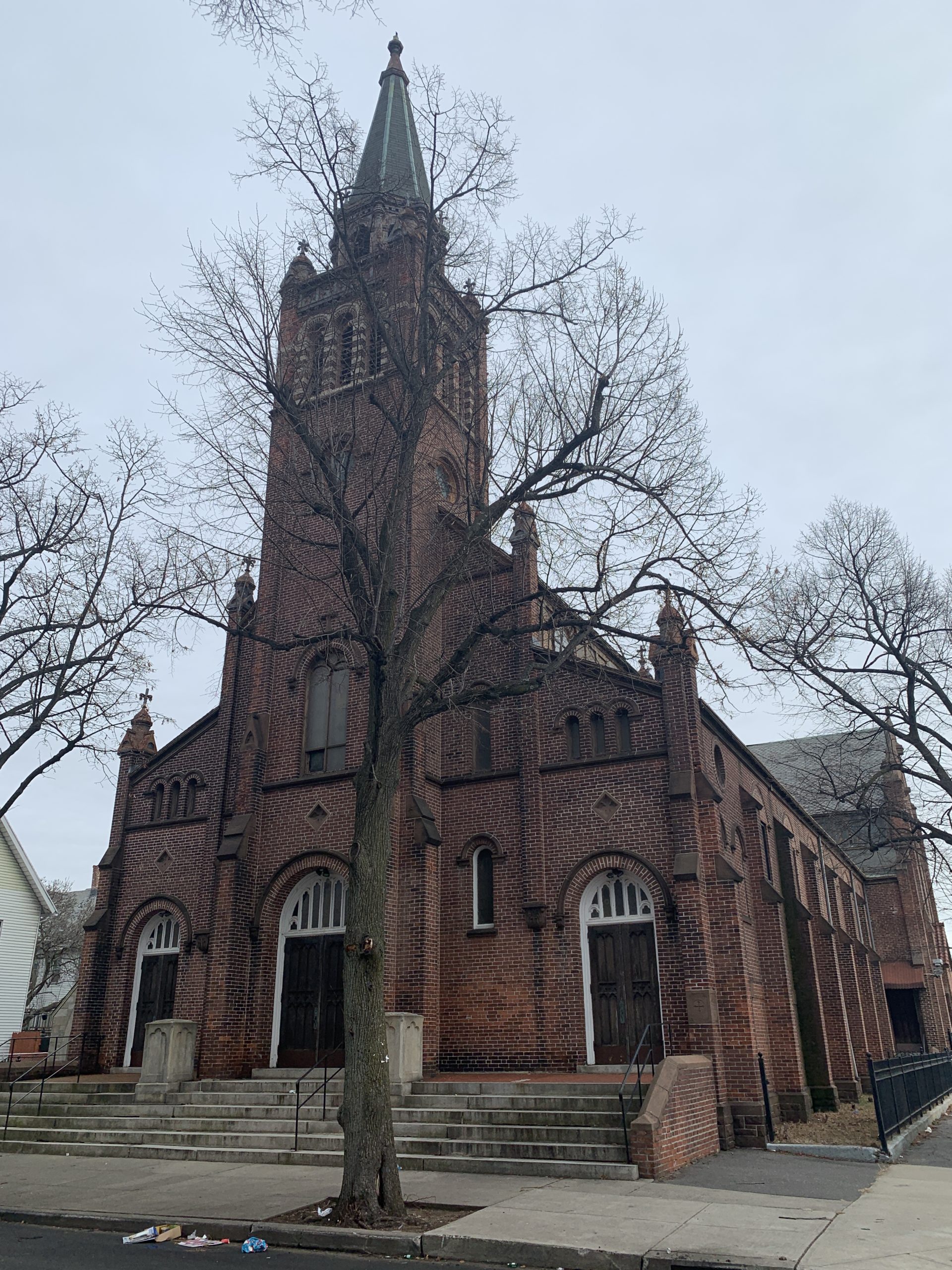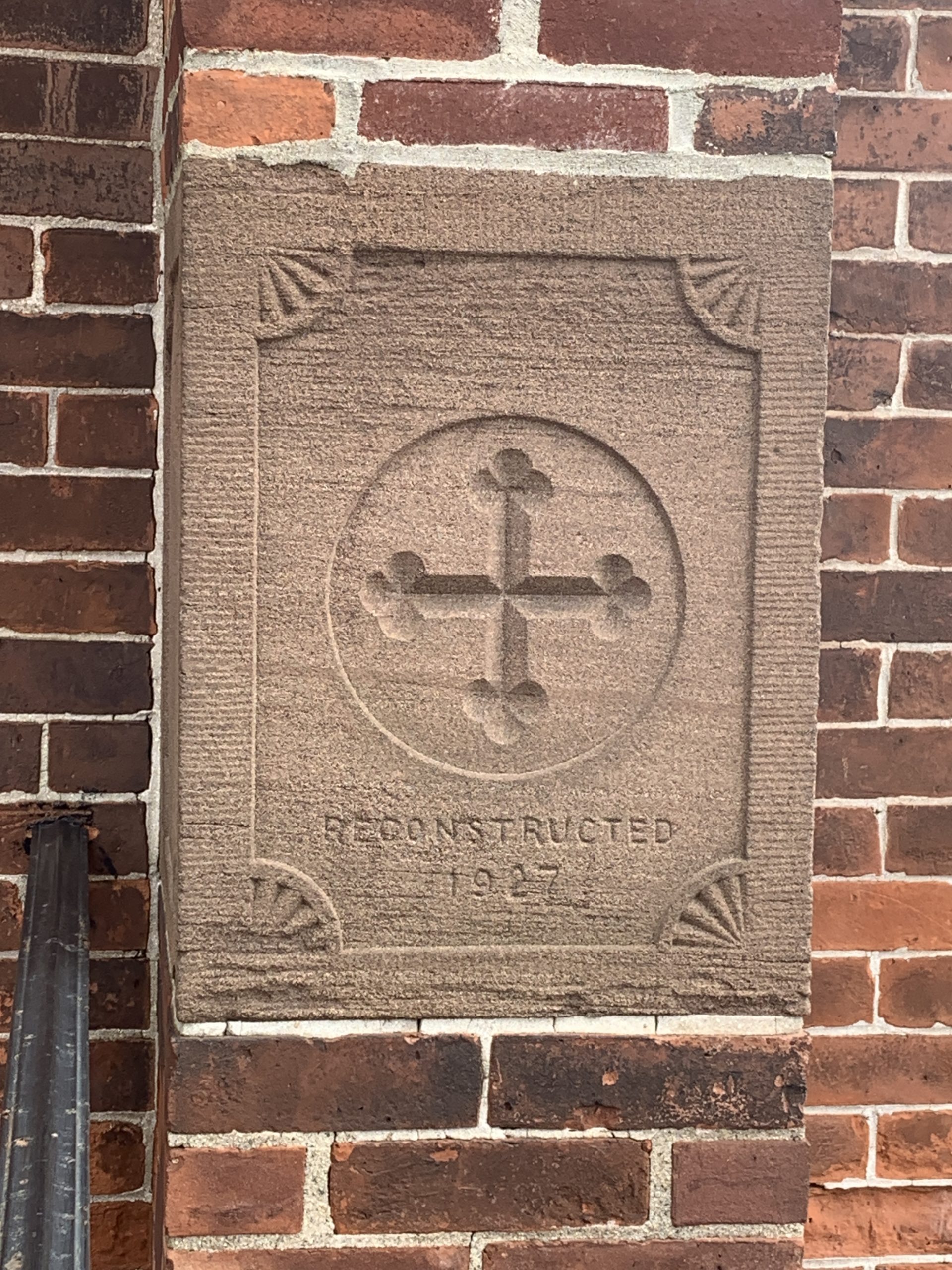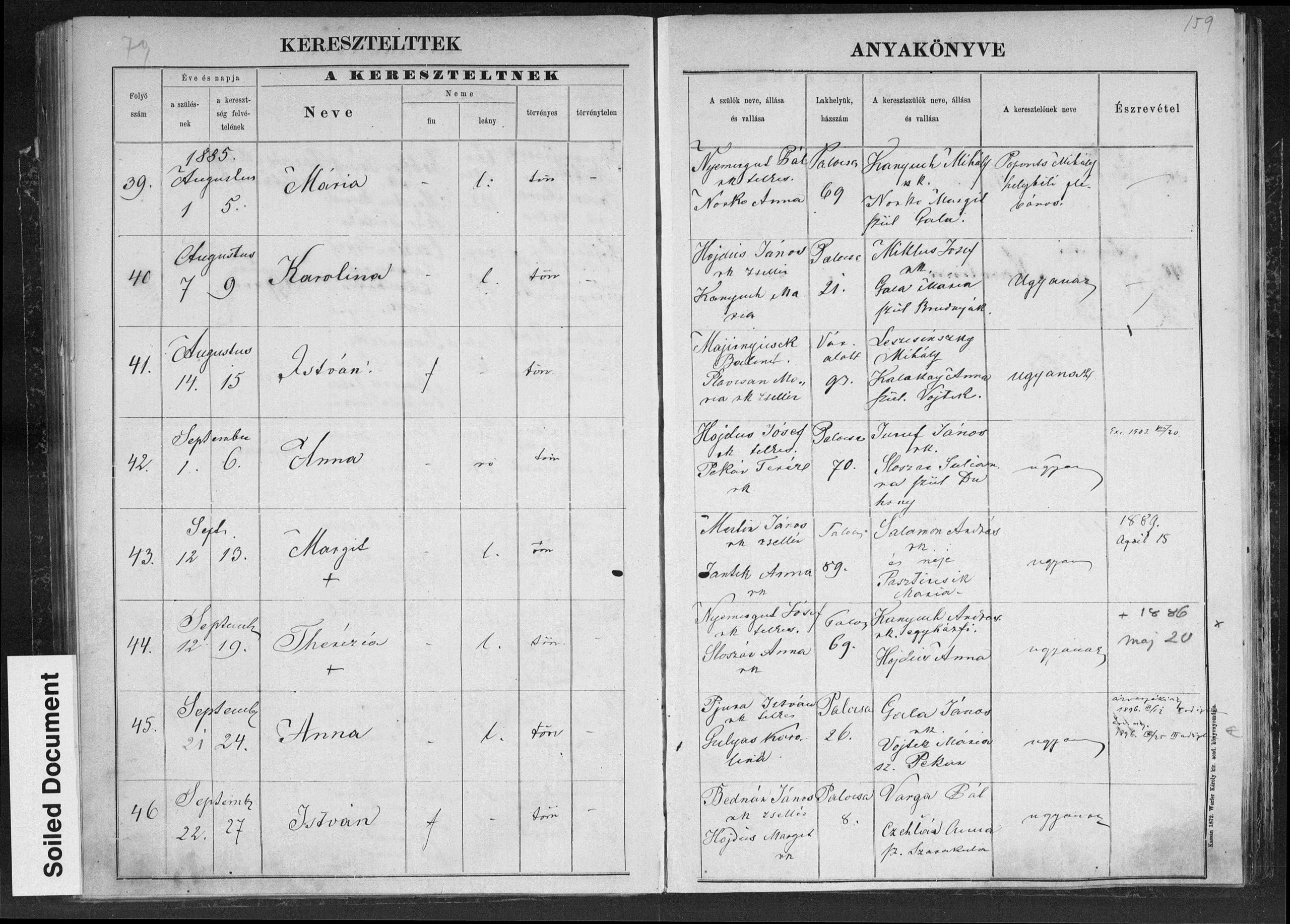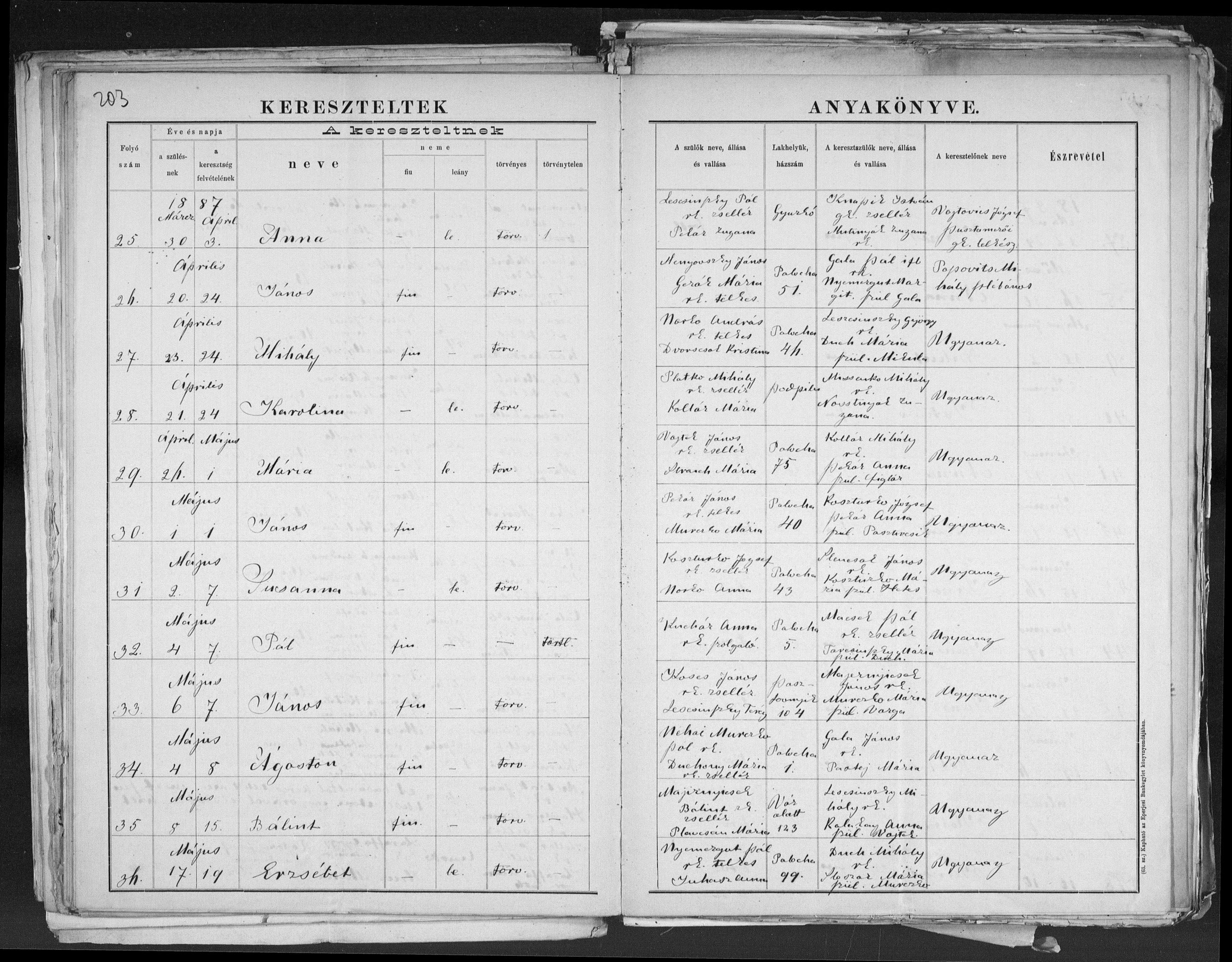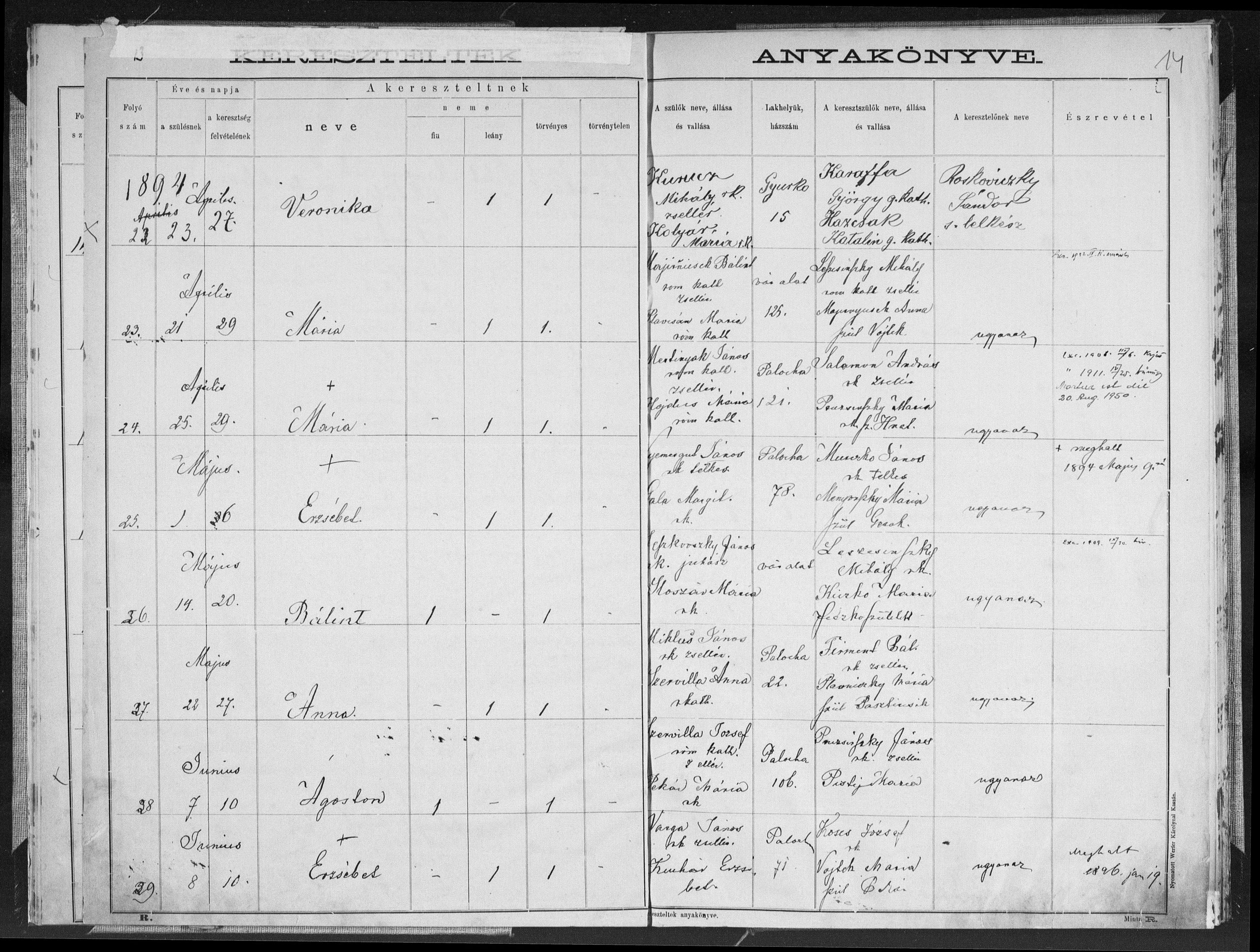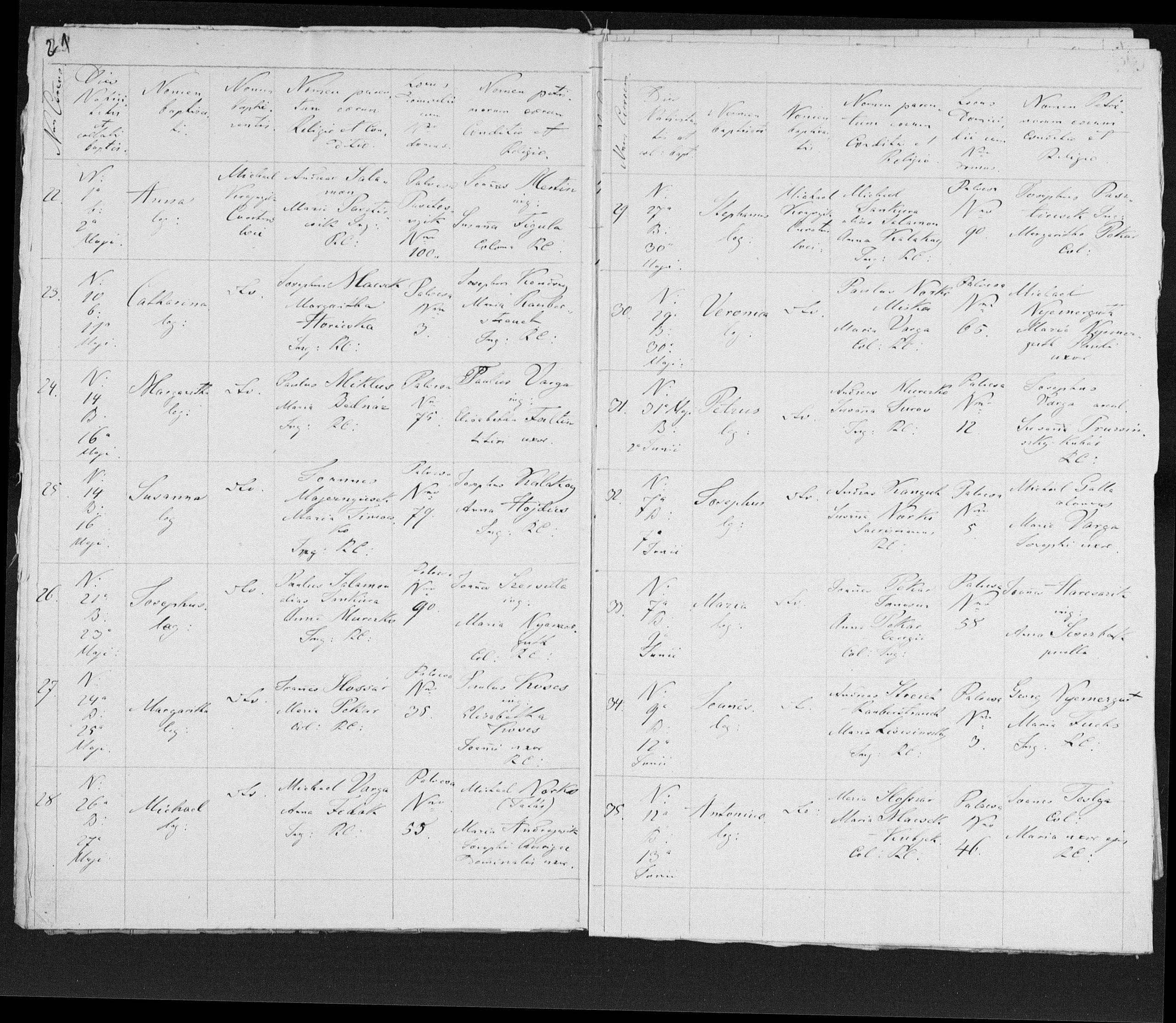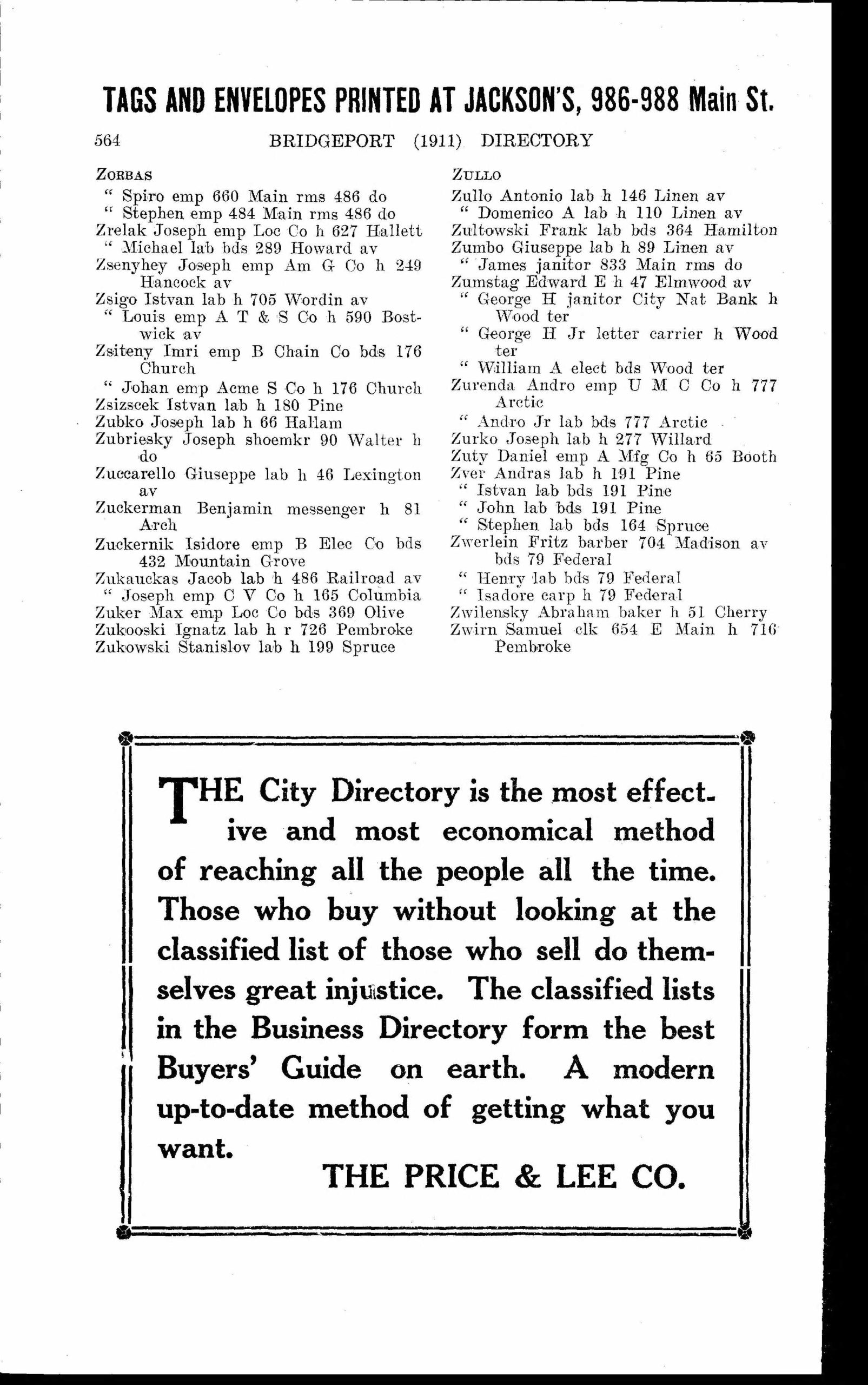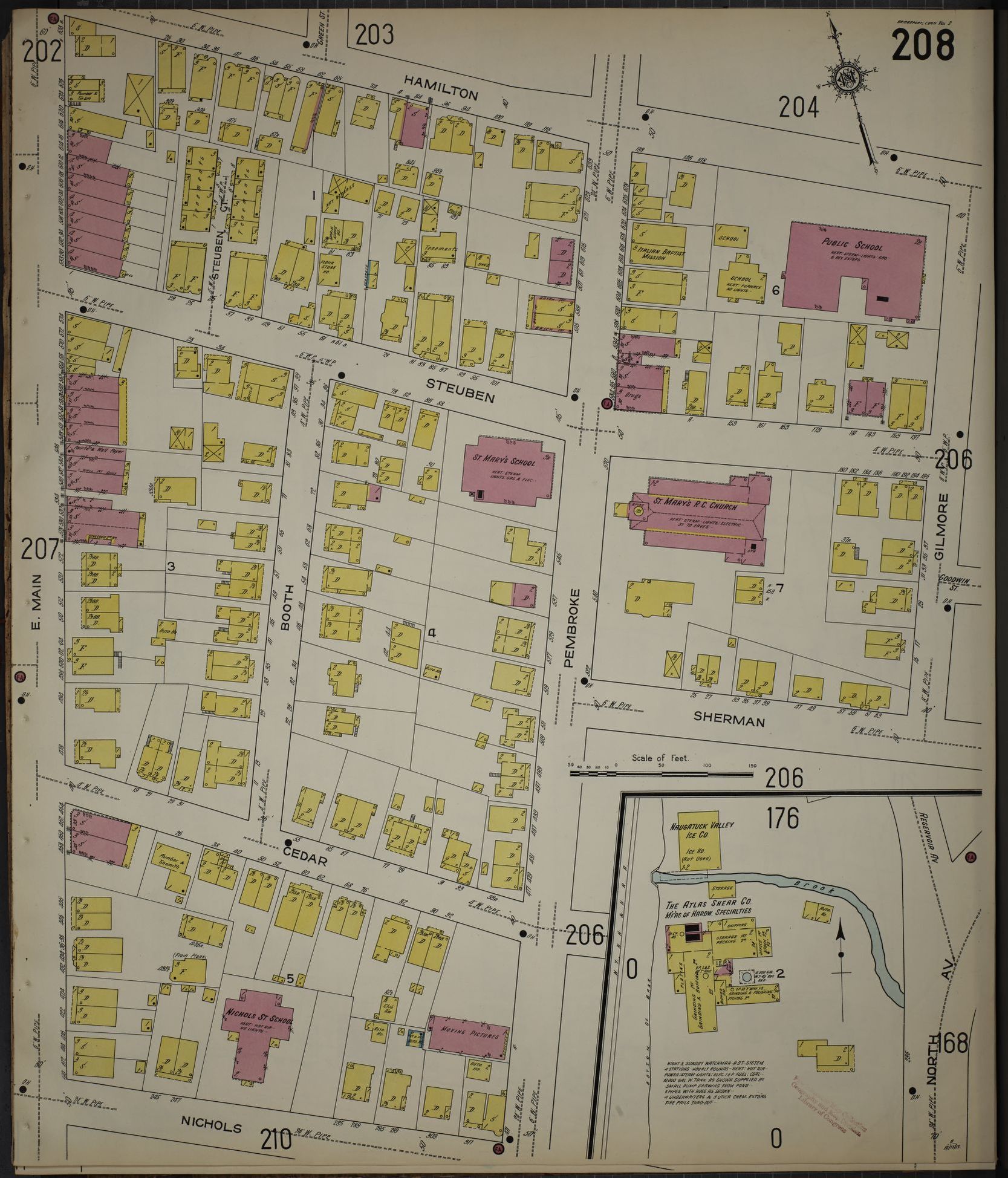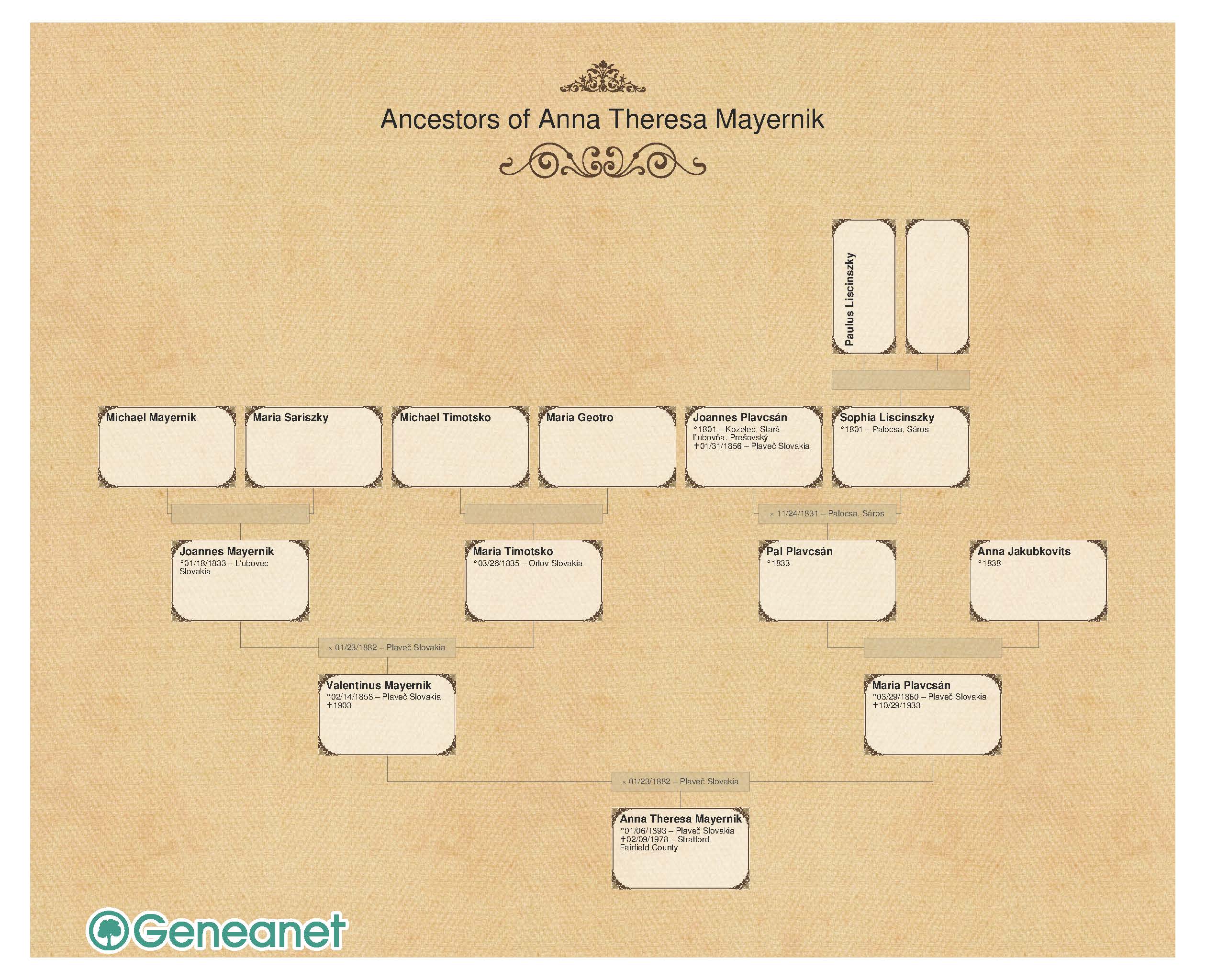
![]()
![]()
![]()
Anna Theresa Mayernik
Majernicsek
6 January 1893 – 9 February 1978
Ann arrived in New York in 1907 aboard the Rhein, with many other people from her village. Her arrival manifest says she was going to her brother in Bridgeport, Connecticut.
She did have a brother, Uncle Stephen, in Connecticut when her children were growing up but I don’t yet know precisely when he arrived or where they lived.
Anna was born in Plaveč Slovakia to Valentinus (Balint) and Maria Plavcsán. She likely had 2 older brothers and 1 younger sister.
She married Michael George Zrelak at St. John Nepomucene’s Slovak Roman Catholic Church in Bridgeport on 1 February 1912. (This church is at Jane & Broad Streets but is now closed. See pictures below) Over the years, they would have 9 surviving children: John, Stephen, Frank, Mary, Margaret, William, Roseann, Albert, and George.
See the History section below for explanation on the languages used, but here are the spellings for the Mayernik names:
| English | Slovak | Hungarian |
| Mayernik | Majernicsek | |
| Zrelak | Zreľák | Zrelyak |
| Michael | Michal | Mihály |
| Valentine | Valentinus | Bálint |

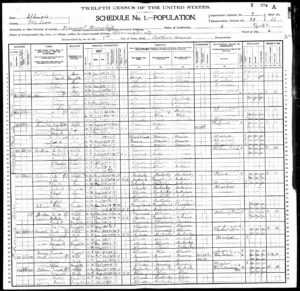
Census & Military Records
| 1940 US Zrelak | |
| 1930 US Zrelak | |
| 1920 US Zrelak | |
| 1869 Hungary Mayernik | |
| 1869 Hungary Plavcsan | |
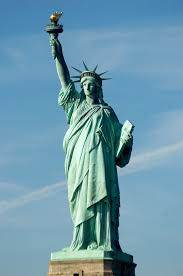
Immigration
| Anna Mayernik arrival #22 | |
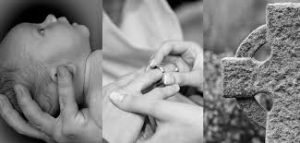
Vital Records
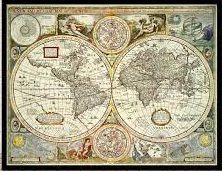
City Directories & Historical Maps & Images
| 1911 City Directory Bridgeport | 4 Steuben Ct. map (upper left) |

Slovak History & Language
A brief and simplified history of Slovakia principally as it pertains to our family genealogy, the spelling of names and places, and the birth country recorded on U.S. censuses. Our ancestors’ nationality or ethnicity is Slovak.
U.S. Census birth country instructions
1920

1930


1940
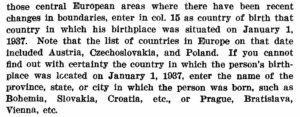
History
Slovakia was part of the Austrian Empire, aka Habsburg Empire, from 1804 to 1867. In 1867 the Austro-Hungarian Empire was formed and during this time, Hungary forced everything (first names, surnames, village names) to be renamed using the Hungarian, or Magyar, language; but in 1910, the government began a new program and many names were restored to their original Slovak. Additionally, Latin was utilized in Catholic church records.
Fall 1918 (end of WWI) – The Czechoslovak Republic was officially formed and recognized by the U.S.
Fall 1938 – The Nazis invaded
March 1939 – Slovakia became a German Protectorate
Aug-Oct 1944 – The Slovak National Uprising occurs but is crushed by the Germans and they dissolve the nation of Slovakia
April 1945 (end of WWII) – Czechoslovakia is formed and Germans and Magyars are expelled
Jan 1993 – Czechoslovakia is dissolved and the Slovak Republic is formed
At the end of the 19th and beginning of the 20th centuries, 1/3 of Slovaks emigrated, principally to North America. One-third of those would later return to Slovakia with the money they earned overseas to purchase land and re-establish their lives. This large percentage of population puts the Slovak diaspora second only to the Irish for European emigrants.
According to www.cisarik.com:
– names used for Anna’s village are:
1773 Palocsa, Plawecz
1786 Pallocscha
1808 Palocsa, Plautsch, Plawec
1863–1913 Palocsa
1920 Plaveč
1927–1948 Plaveč nad Popradom
1948– Plaveč
Závada (incorporated into Plaveč): 1773 Zavada, Zawada; 1786 Zawada; 1808 Závada
-similar surnames in the village in 2005 included: Majerniček Majernicek Majernicsek Majerníček Majernicek Majernicsek Majerničková Majernickova Majernicskova Majerníčková Majernickova Majernicskova
-names on the 1715 census were: Nicolaus Dzubek,Joannes Norko, Georgius Dudrek, Michael Fankuv, Andreas Kovály, Martinus Gaticskuv, Lucas Pollyák, Joannes Ondreiesko, Joannes Harcsár, Christophorus Salamon, Michael Vegrinko, Paulus Mitnik, Joannes Olejak, Paulus Vitko, Andreas Nimczuv, Ladislaus Svecz, Joannes Kusnir, Andreas Rohács, Andreas Janosuv, Ladislaus Szlabopencsi, Jacobus Kovaly, Joannes Kovaly

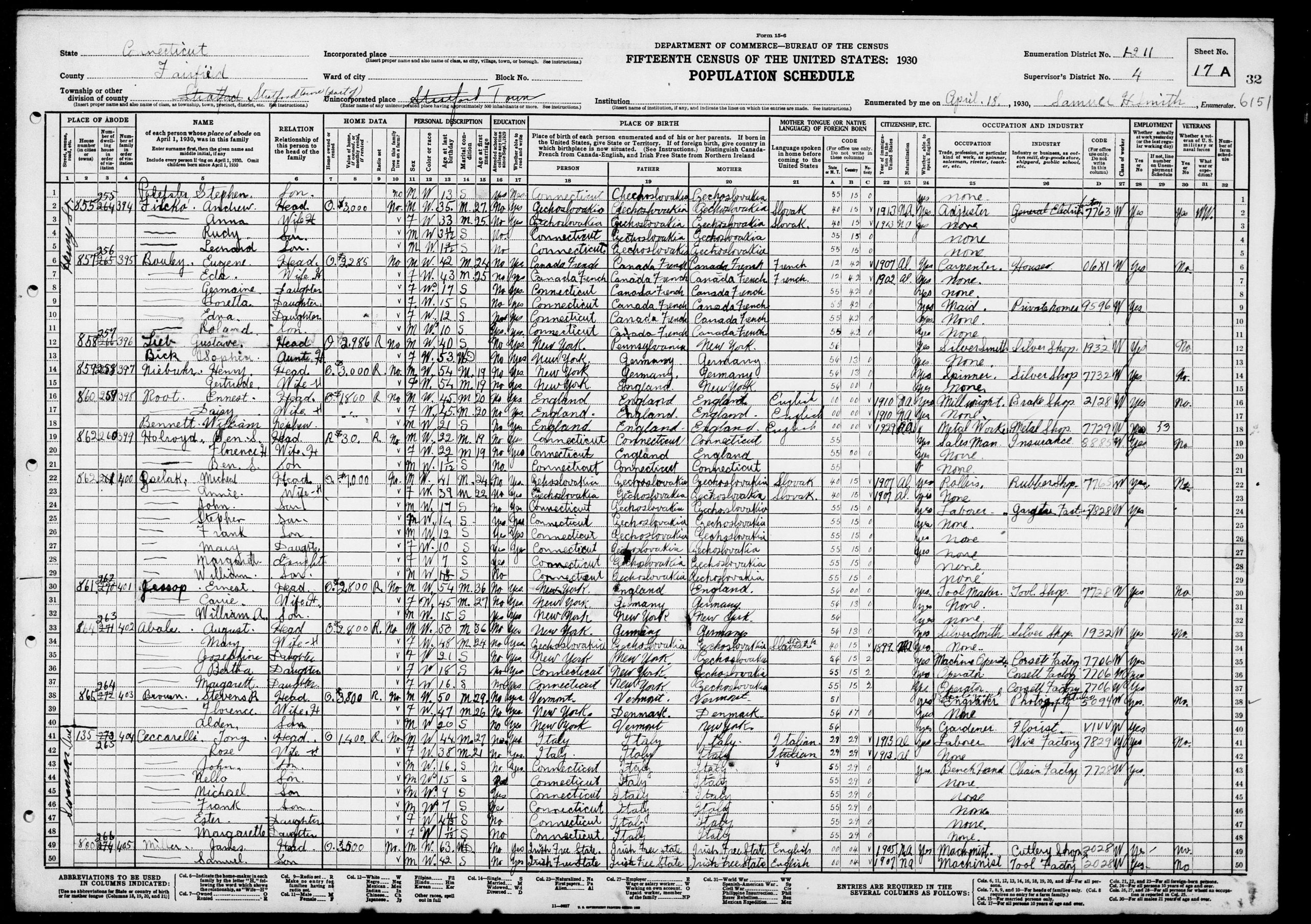
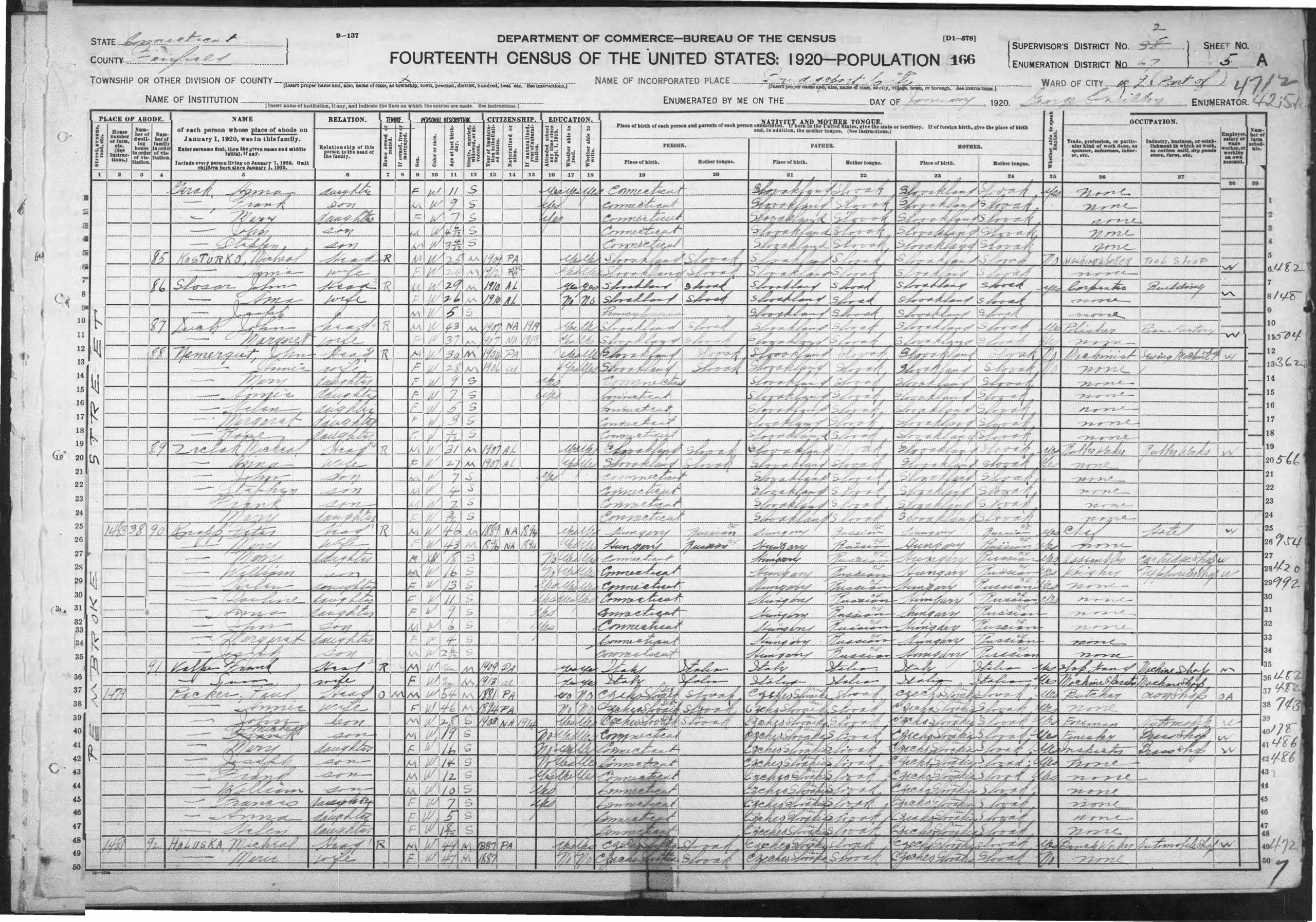
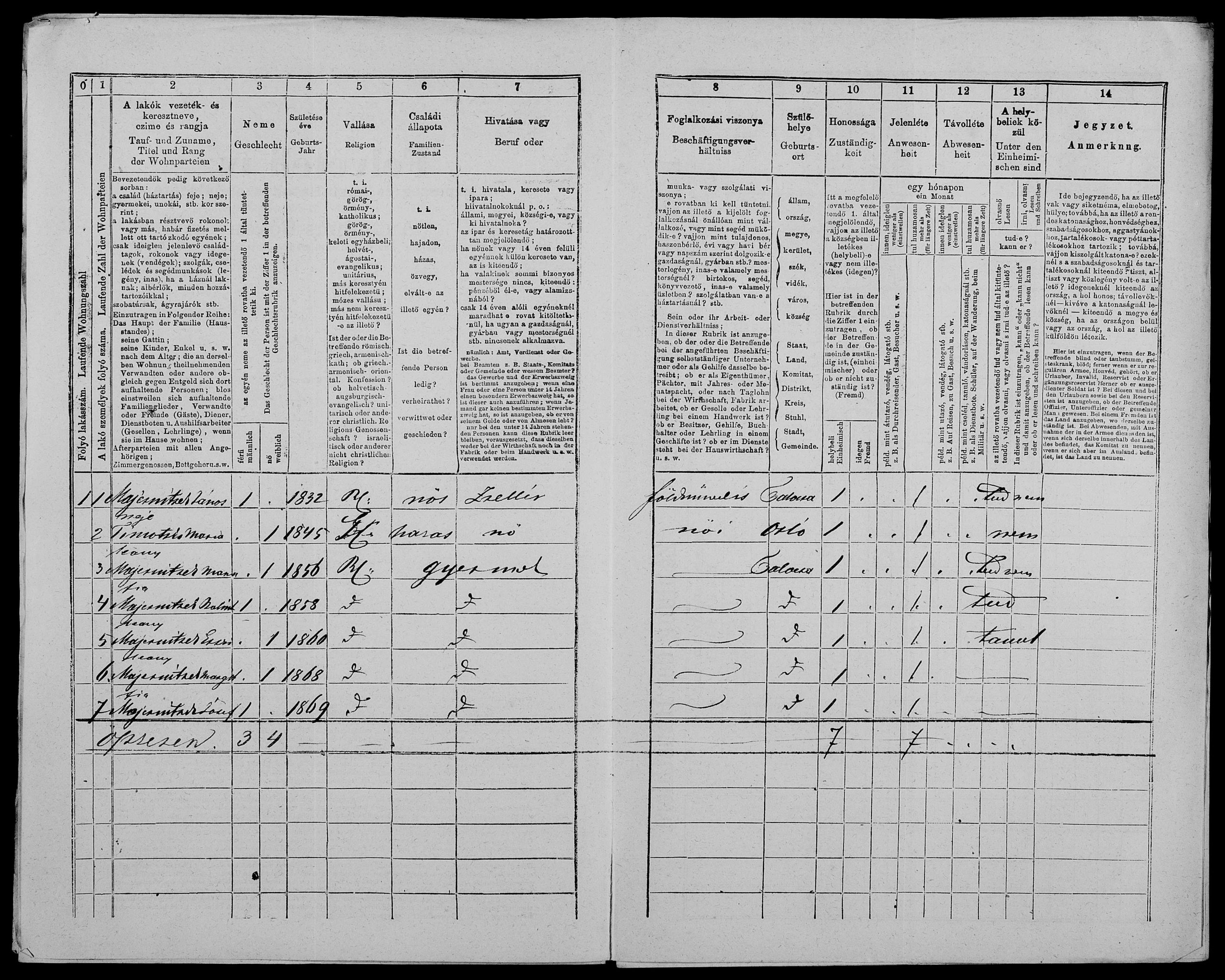

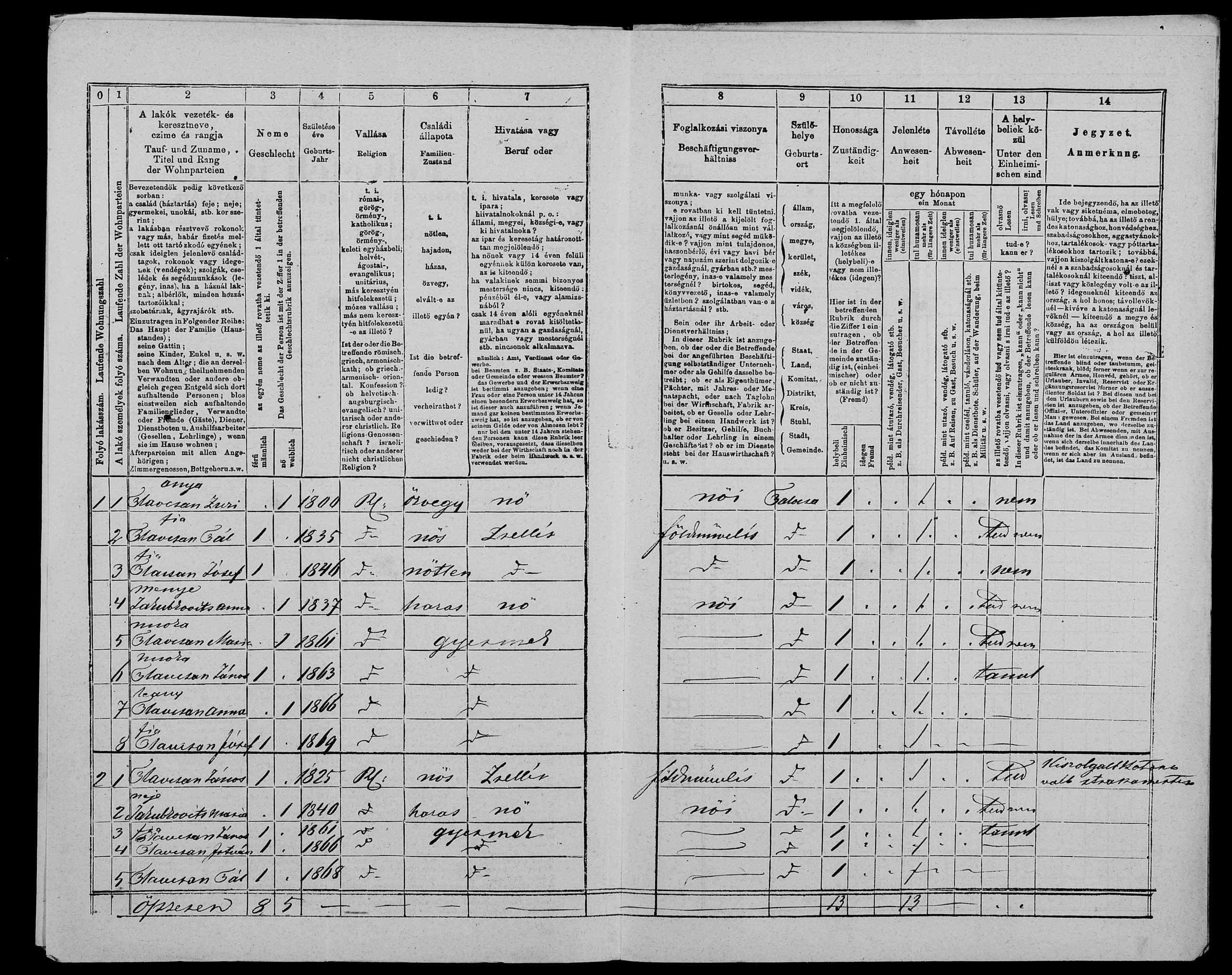
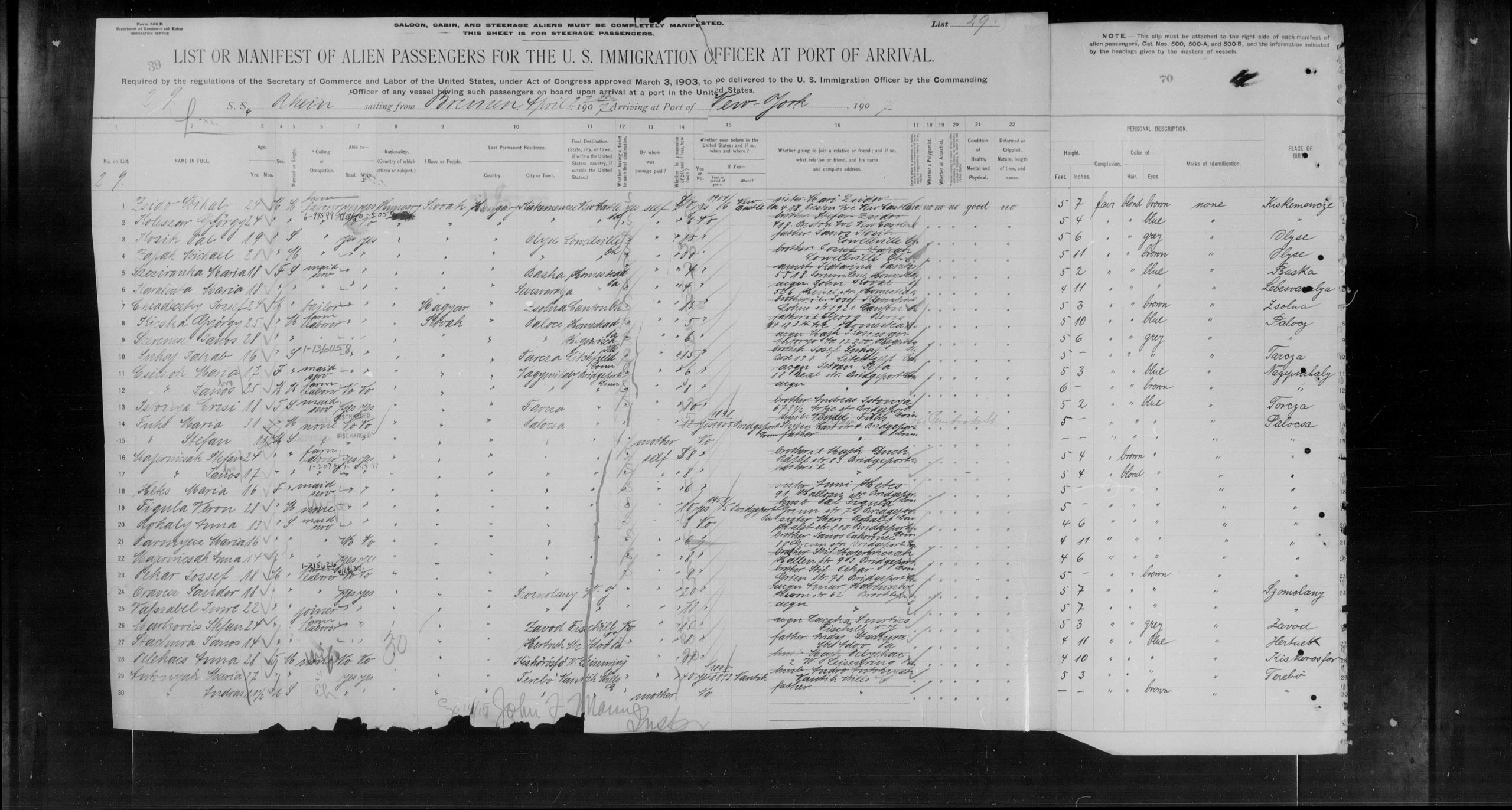
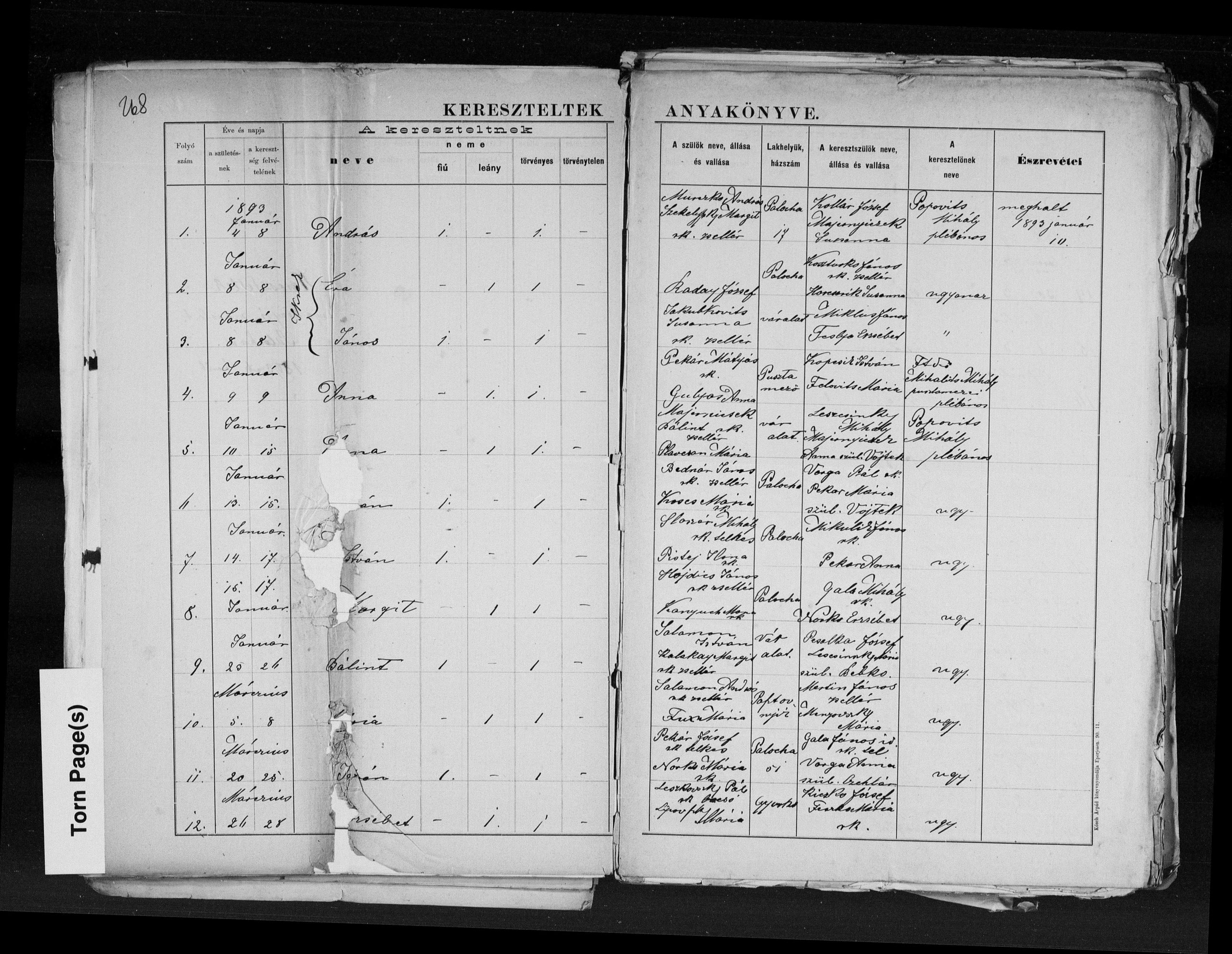
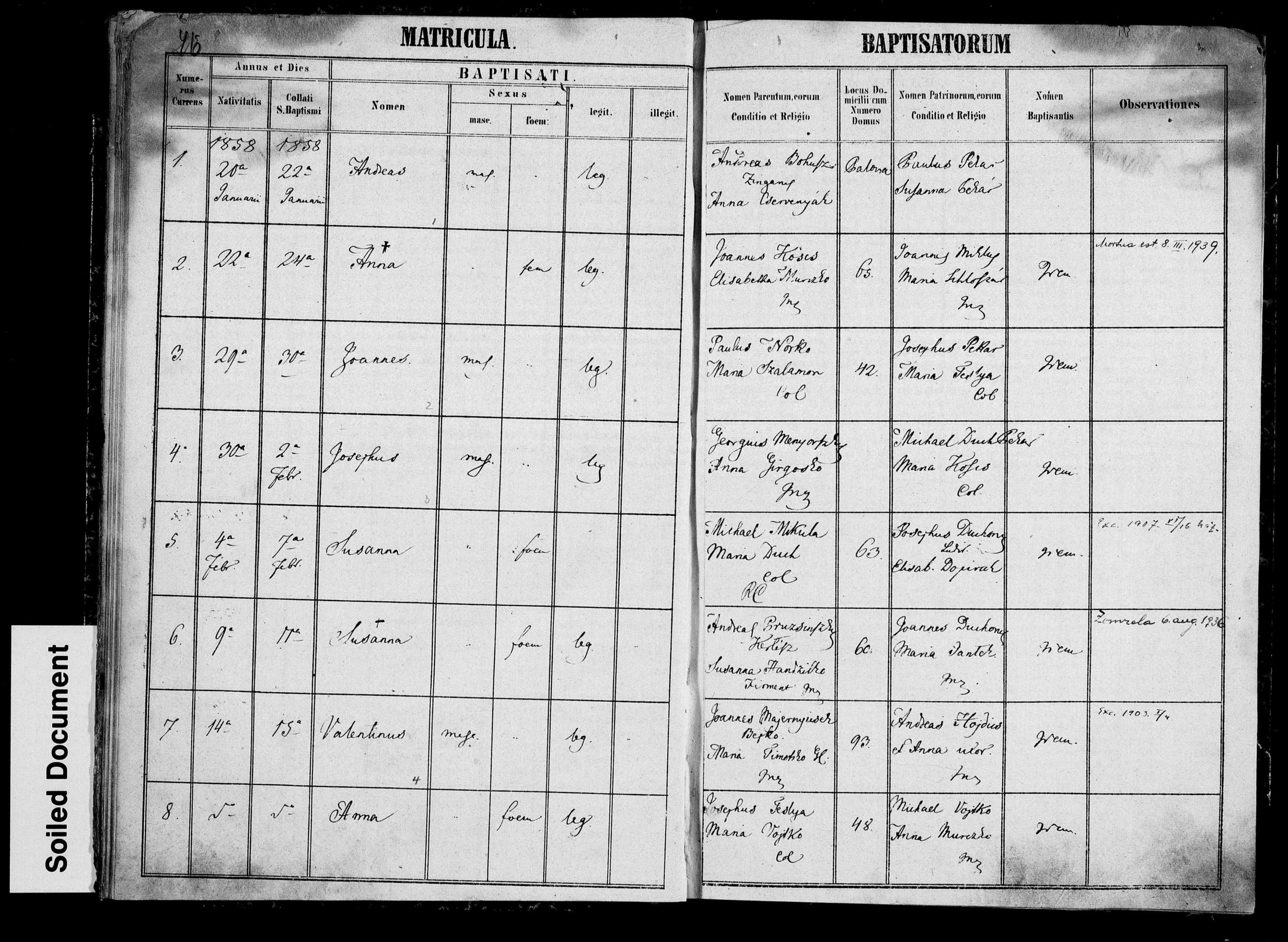
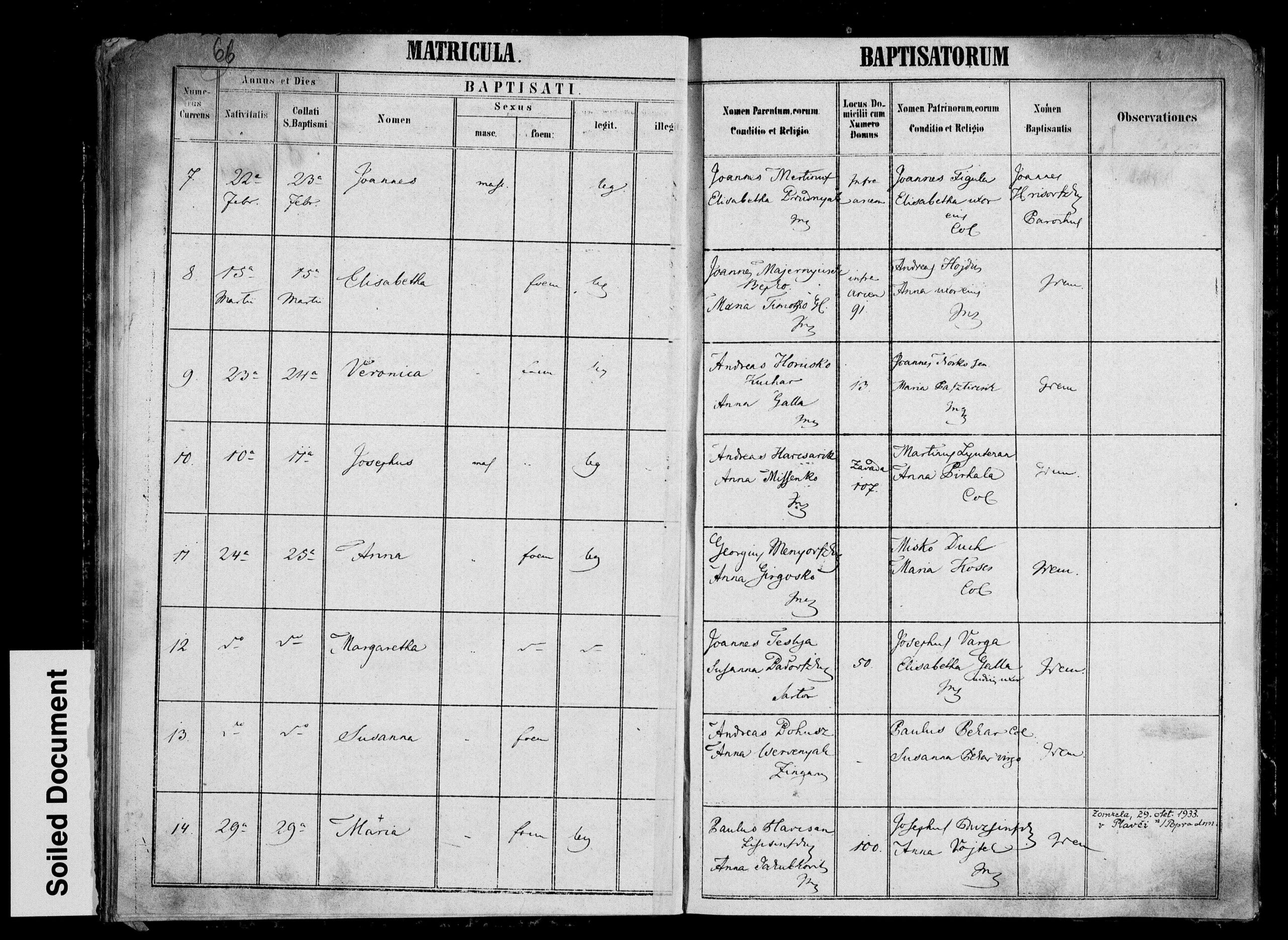
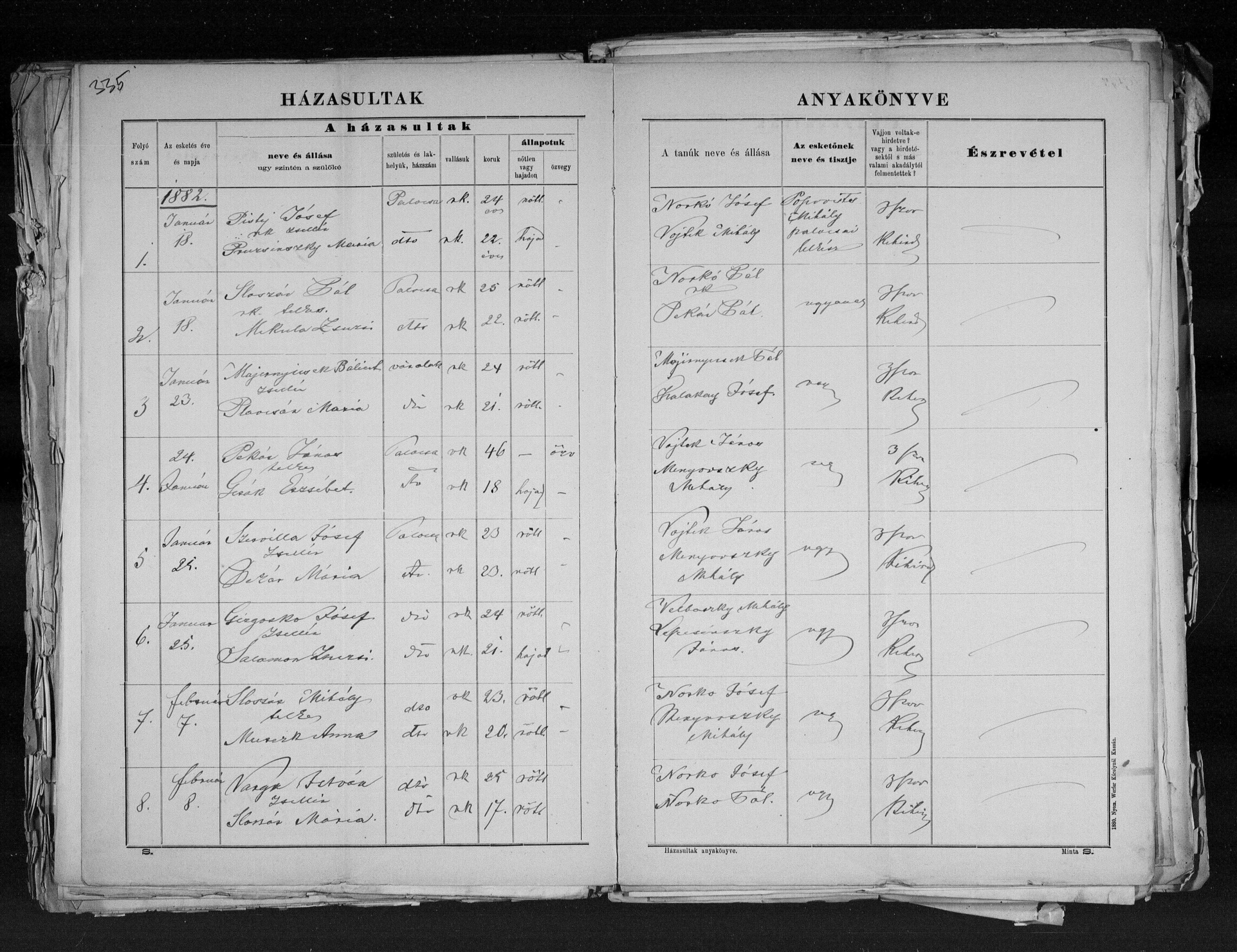
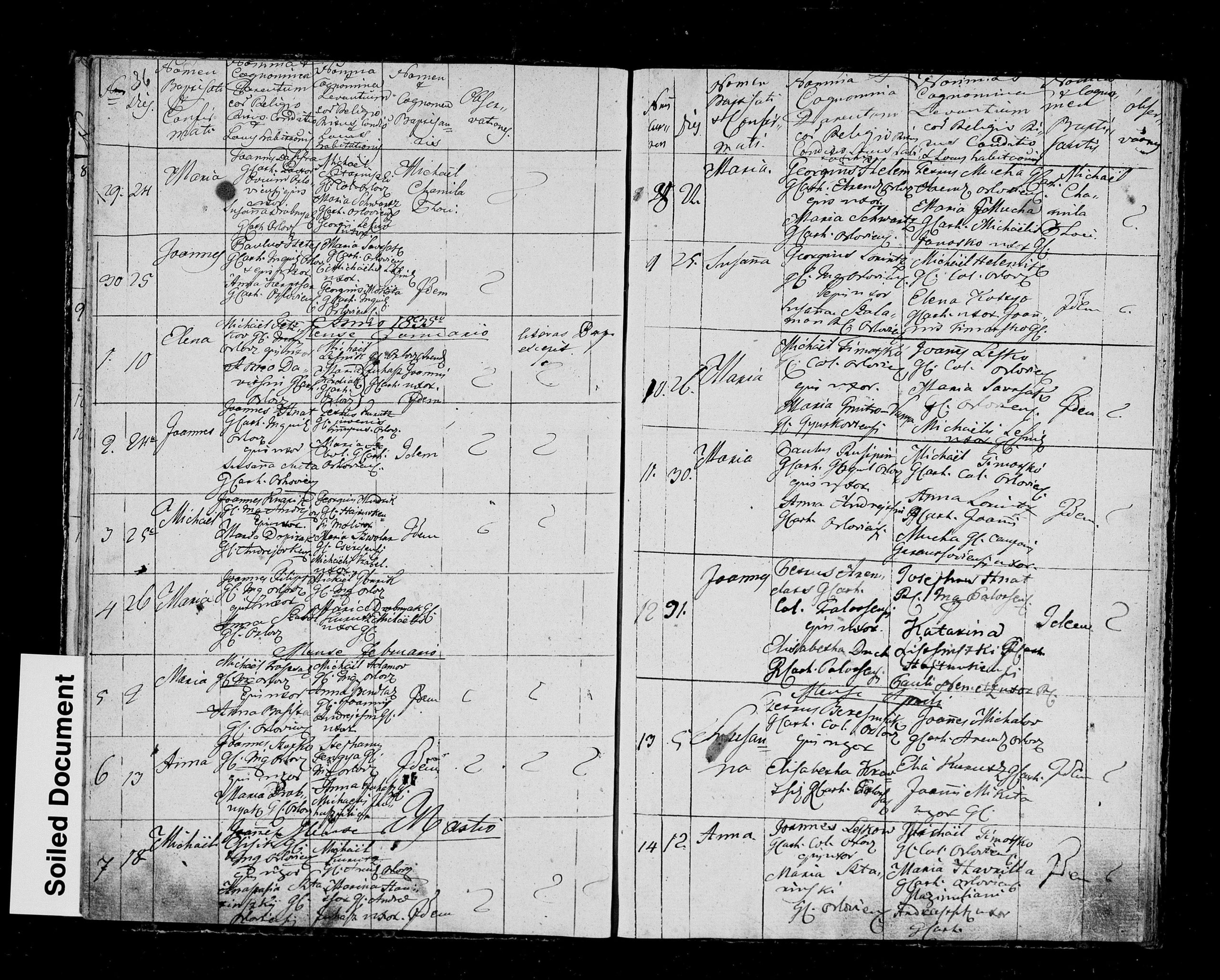 Primary Content – Primary Content Goes Here.
Primary Content – Primary Content Goes Here.